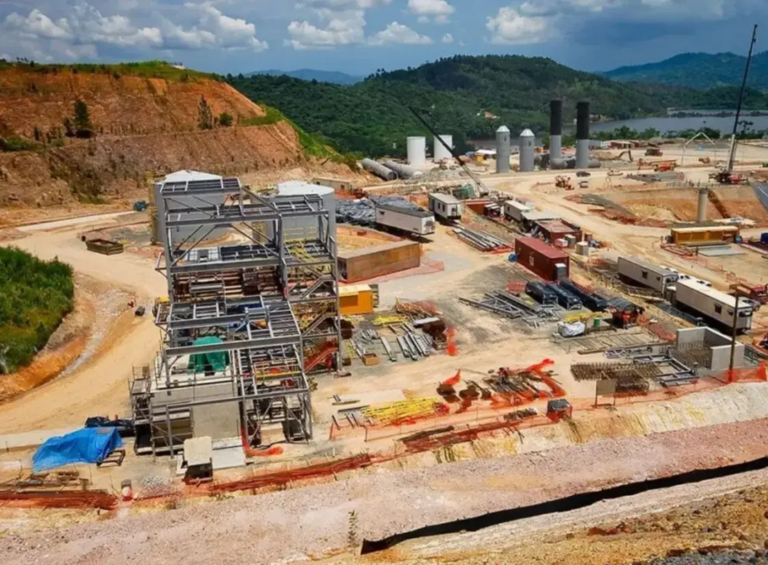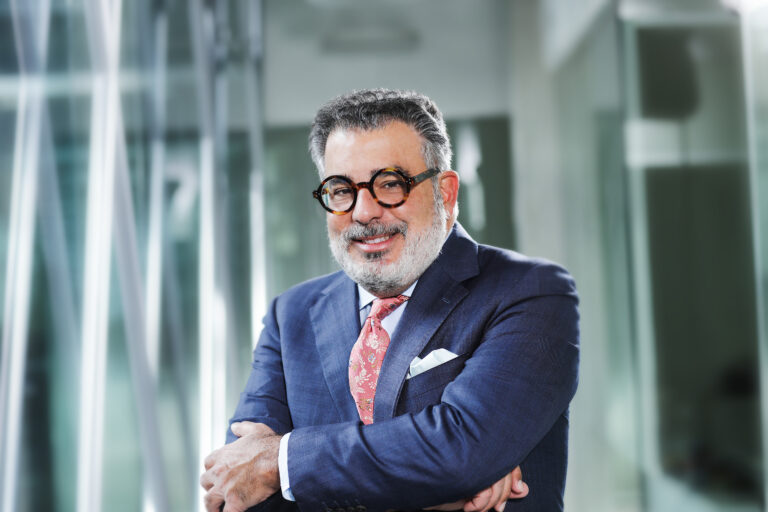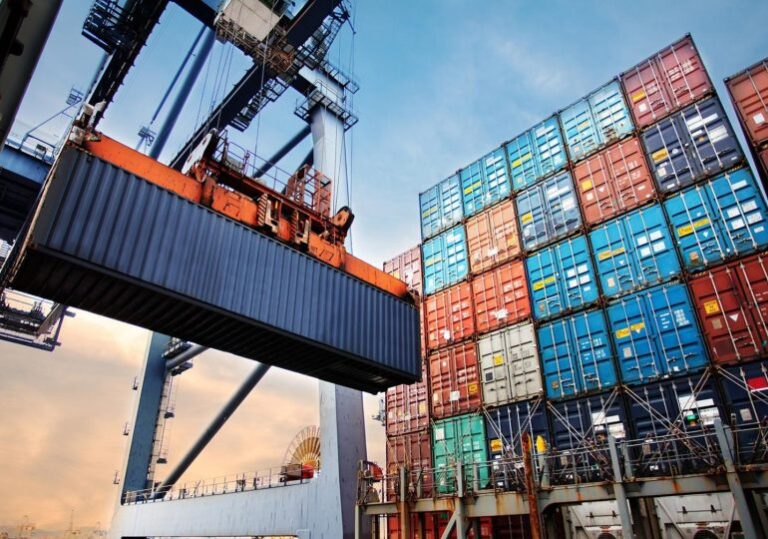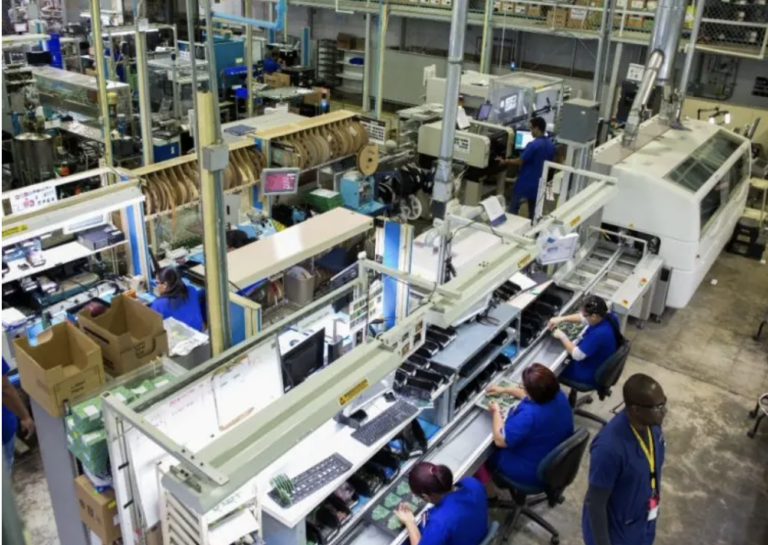In the last two years, the free zone industry broke historical records by increasing the number of direct jobs generated, professionalizing its workforce, and establishing itself as a sector that promotes the national productive chain and the growth of exports.
Despite the pandemic, supply chain disruptions, and Russia’s invasion of Ukraine, the sector has become a catalyst for national economic recovery, maintaining sustained growth in the indicators analyzed, especially in the first quarter of 2022. According to data from the Social Security Treasury (TSS), the free zones sector reports 188,761 employees directly, the highest number in the last 20 years.
Likewise, between 2020 and 2021, purchases of inputs from free zones from local companies increased by 23%, after the plan by the Ministry of Industry, Trade and MSMEs (MICM) was activated, which demonstrates its direct impact on boosting the productive chain. Specifically, the purchase of materials in the local market increased from RD$83,591.6 million in 2020 to RD$103,053.9, in 2021.
After highlighting how free zones have become a fundamental entity for national economic recovery, Minister Víctor -Ito- Bisonó attributed the boost seen in recent years to the proper application of public policies in favor of their development and the favorable climate for foreign investment in the country.
“At the MICM we are proud to see that by devising specific strategies aimed at this sector we have achieved historical records in quality job creation, investments and exports. Under President Luis Abinaders leadership, a climate of trust has been created and strengthened, supported by political, economic and social stability for the growth of foreign direct investment in the country. Free zones will most definitely continue to be a powerful mechanism for growth and development,” Bisonó said.
The total accumulated investment in the free zones reached a historic figure when it reached US$5,903.1 million in 2021, that is 14% more than the previous year. The sectors exports performed similarly, reaching US$7,179.6 million for the first time in 2021, 22% more than in 2020. This growth trend will continue in 2022, since between January and April of this year, exports of manufactured products in free zones totaled about US$2,513 million.
“Despite the structural challenges that have been experienced in recent years, investors are still confident in the Dominican Republic, as they are not just expanding their operations, but also setting up new companies. An example of this is the increase we see in the number of industrial parks in operation, currently standing at 80 and a total of 734 free zone companies established throughout the country,” revealed the minister.
Increased Professionalization in free zones
In recent years, the free zones sector has maintained a positive trend of generating higher quality jobs, technifying its workforce and increasing its purchasing power.
An example of this is that the percentage of technical employees in the sector went from 12.3% in 2011 to 22.8% in 2020, the historical maximum of the last decade.
Likewise, the average weekly salary paid to free zone operators grew by 85% from RD$1,967.15 million in 2011 to RD$3,646.83 in 2021, equivalent to 85%. While the technicians increased their salary by 64% in that same period, going from RD $ 3,892.63 to 6,388.53 million pesos.
In general, workers in free zones are concentrated 20.7% in tobacco companies and their derivatives, 19.5% in textile manufacturing, 18.4% work in services and 16.1% are employed by medical devices and pharmaceuticals manufacturers.
The MICM announced that in the first four months of the year 3,587 jobs were added by setting up 31 new companies that received their operating permits and have invested about RD $ 2,500 million. The state entity FORESEES that 2022 will follow the growth trend that the sector has experienced.
Source:
Ministry of Industry, Trade and MSMEs





